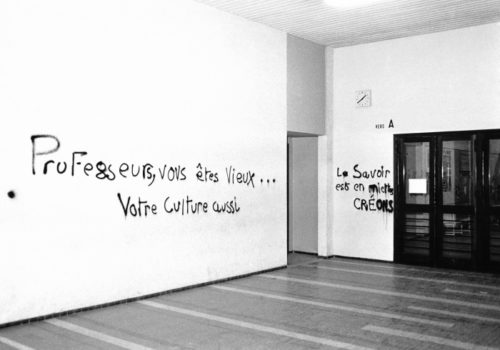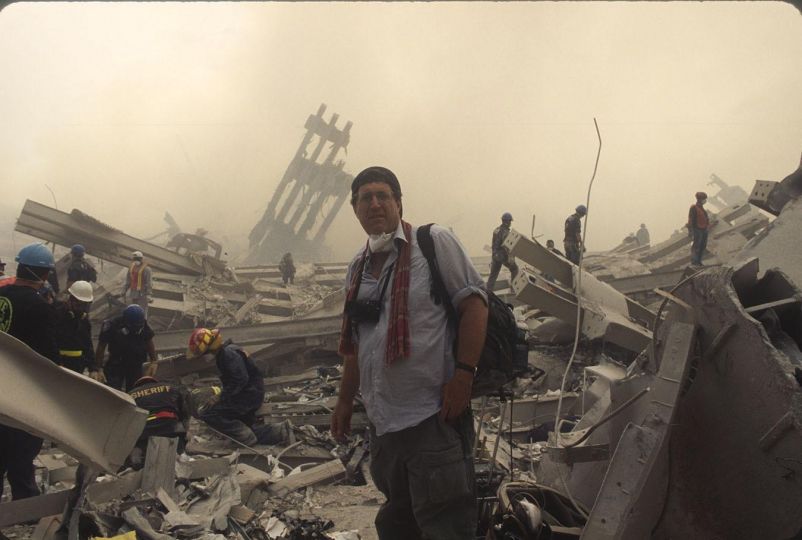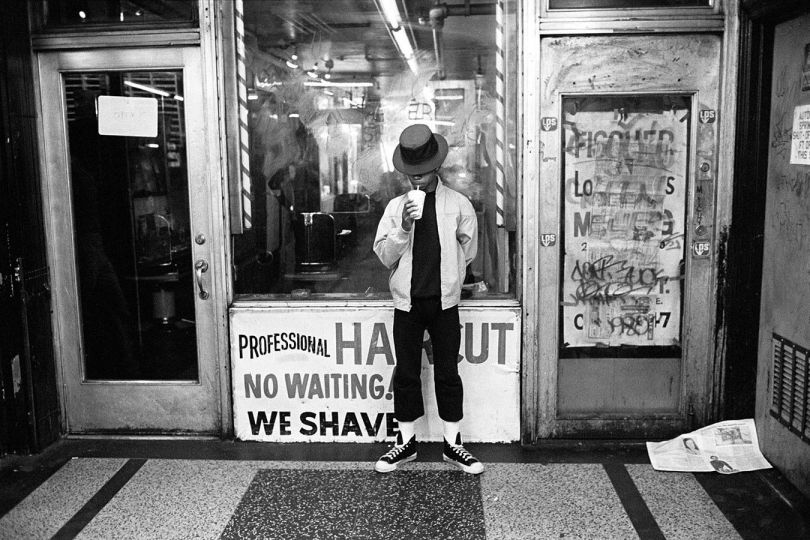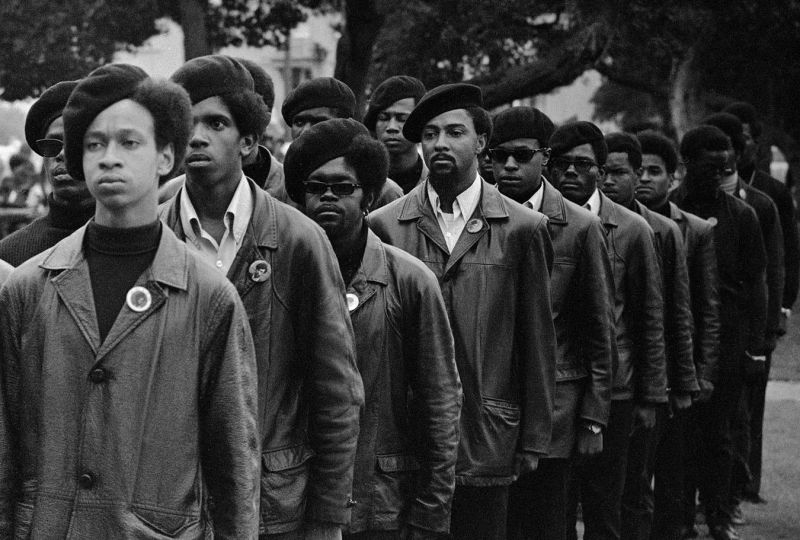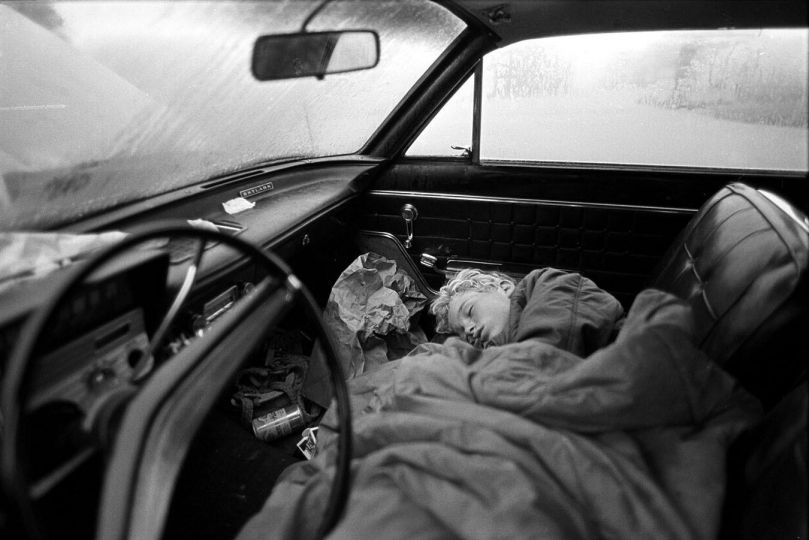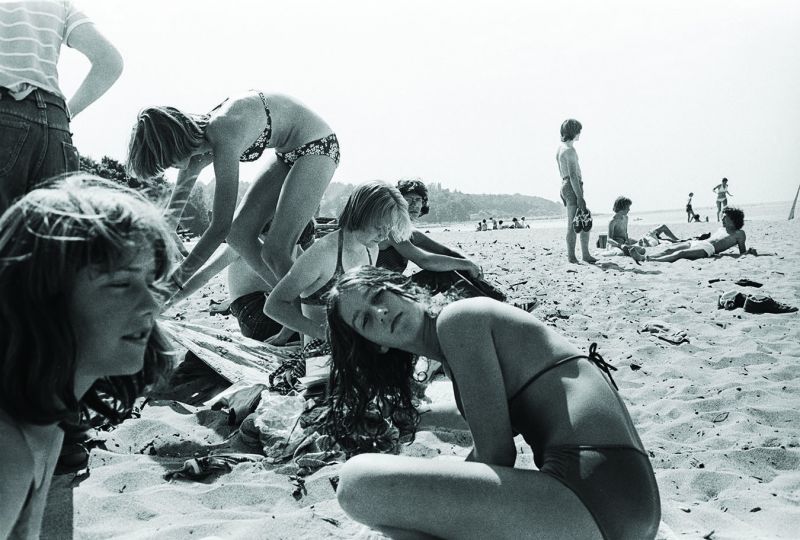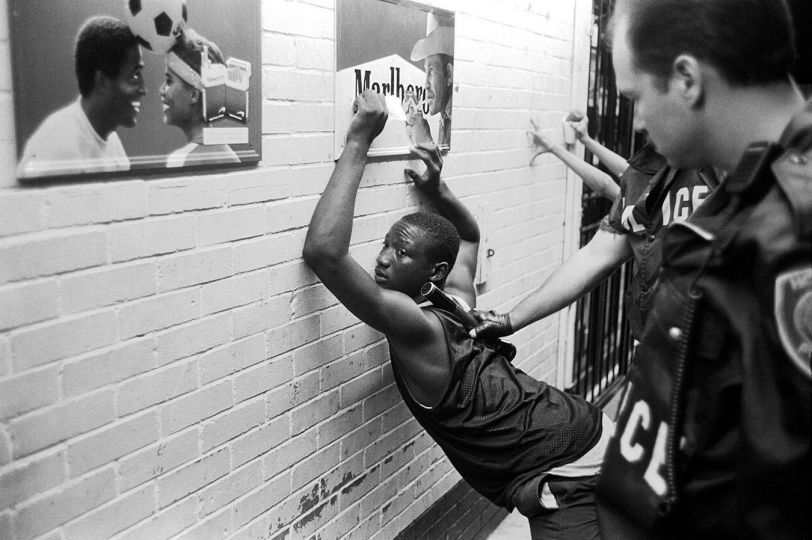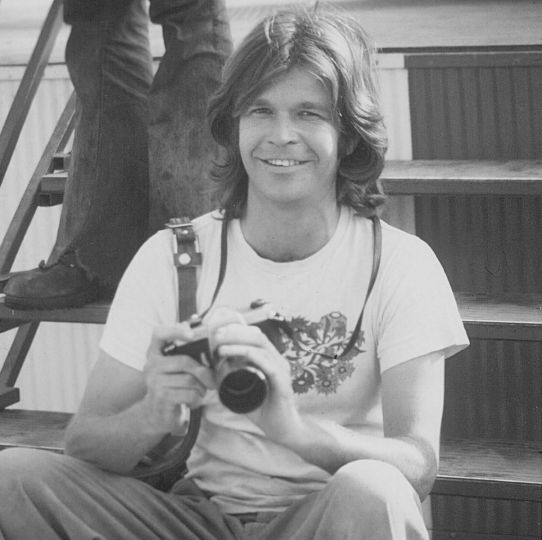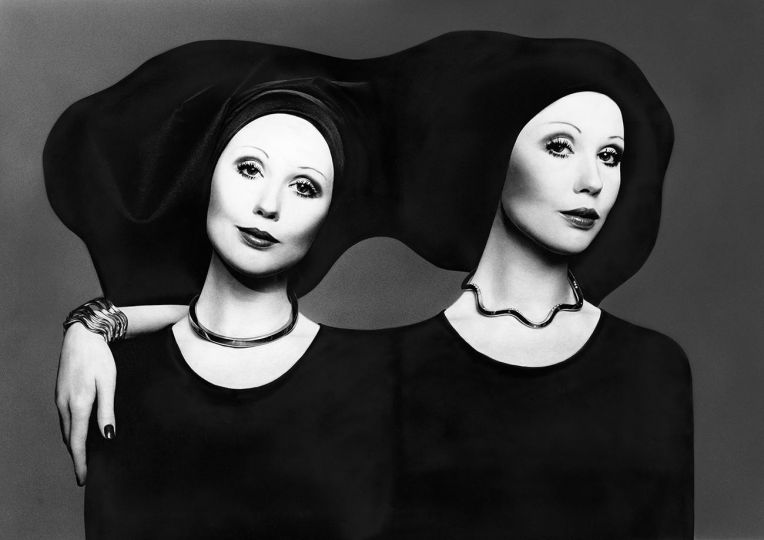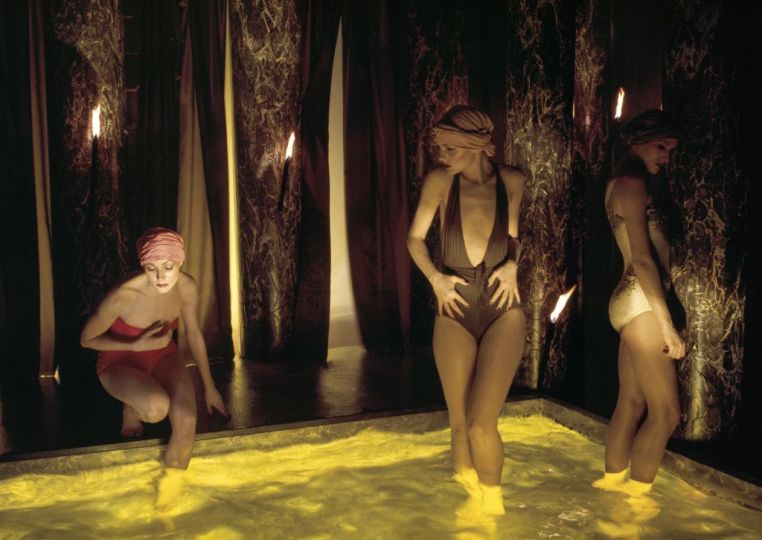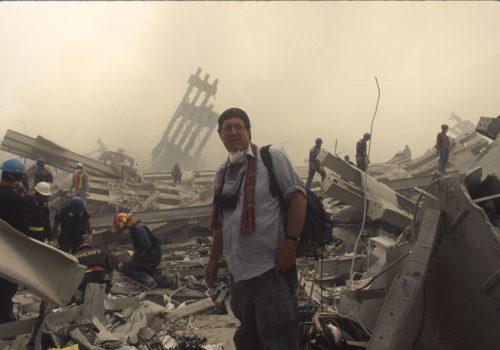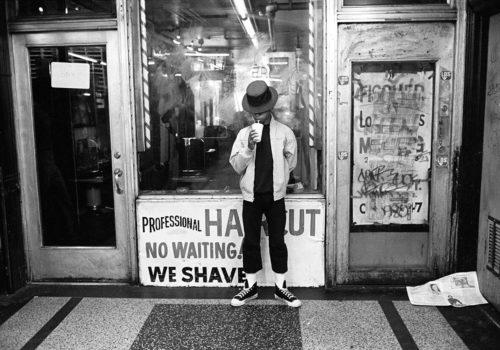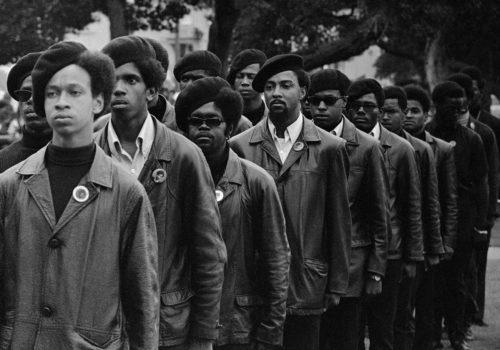Just as we are celebrating the fiftieth anniversary of “May ’68,” Gérard-Aimé, the photographer who witnessed the first sparks of those events, died in the afternoon of May 11, 2018. He was the only photographer to have captured May 22, 1968, which established Daniel Cohn-Bendit as the student leader. He knew him and had been friends with him since 1965.
Gérard Bois, pseud. Gérard-Aimé, my friend, was born on September 18, 1943 in Livron (Drôme). The son of a Resistance fighter, conceived clandestinely as the war raged all around, joined at an early age the Young Communist League at the Lycée de Valence in order to oppose the war in Algeria.

